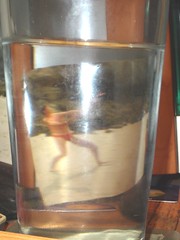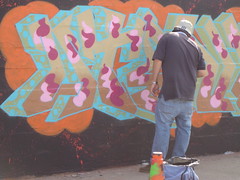
jasmine
Partly because I’m in a group that’s steering the construction of a CPD subject portal, I’ve started thinking all over again about social networking. This link introduces 7 building blocks – elements or features of social software. They are: Identity - a way of uniquely identifying people in the system; Presence - a way of knowing who is online, available or otherwise nearby; Relationships - a way of describing how two users in the system are related (e.g. in Flickr, people can be contacts, friends of family); Conversations - a way of talking to other people through the system; Groups - a way of forming communities of interest; Reputation - a way of knowing the status of other people in the system (who's a good citizen? who can be trusted?); Sharing - a way of sharing things that are meaningful to participants (like photos or videos). These are quite helpful and describe the kind of features users want. But I also think that it’s important to know how a good site learns about participants and feeds this back to them in useful ways (see here).















